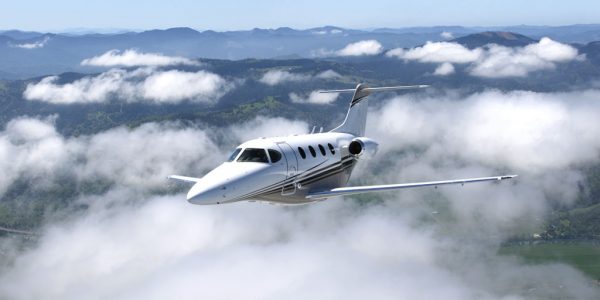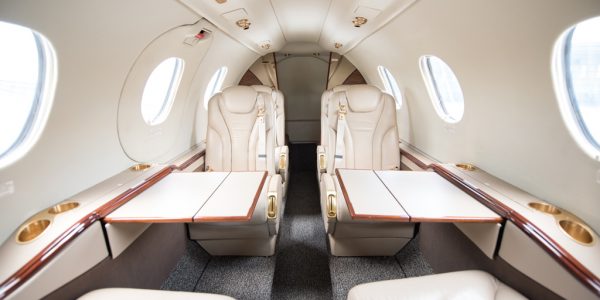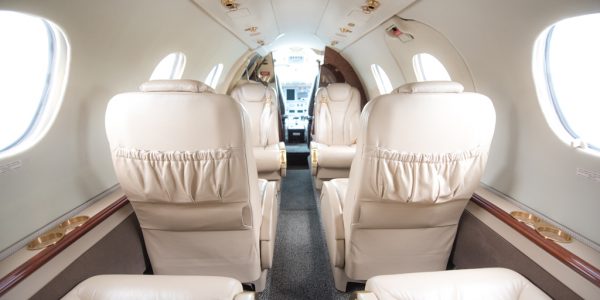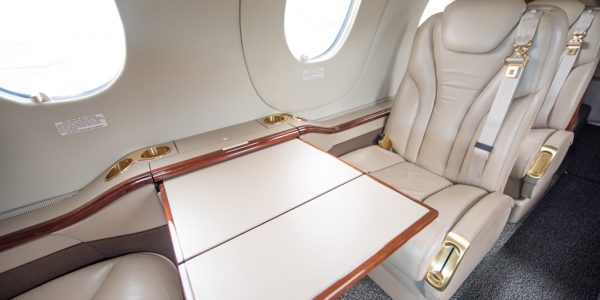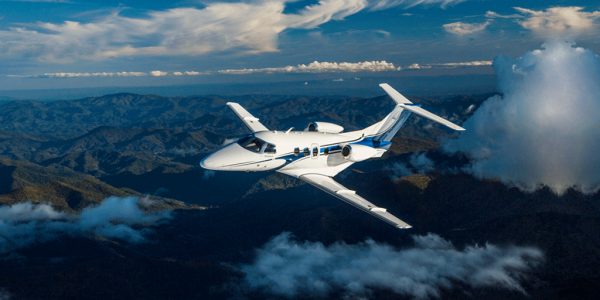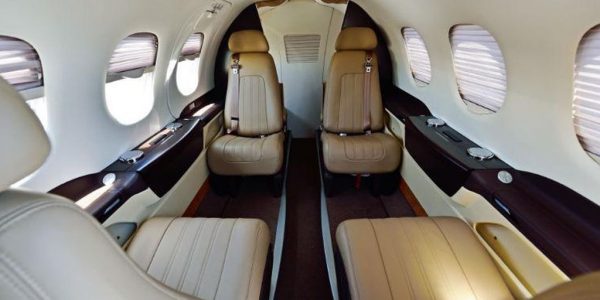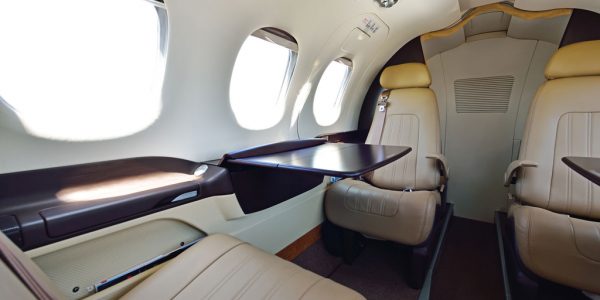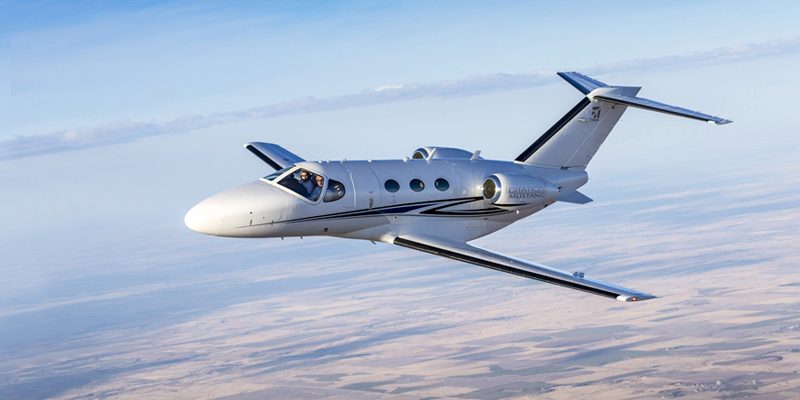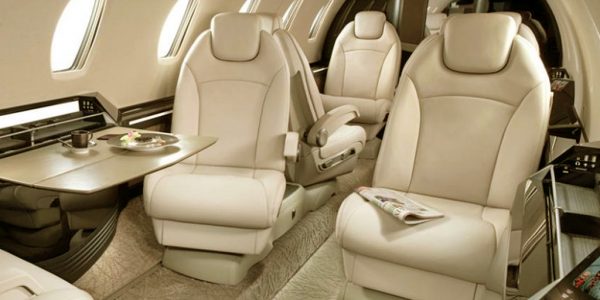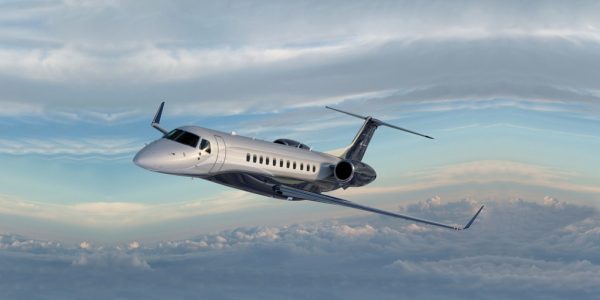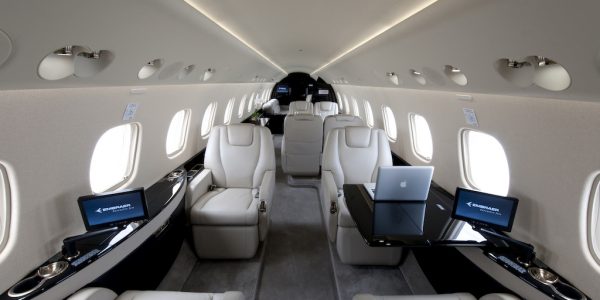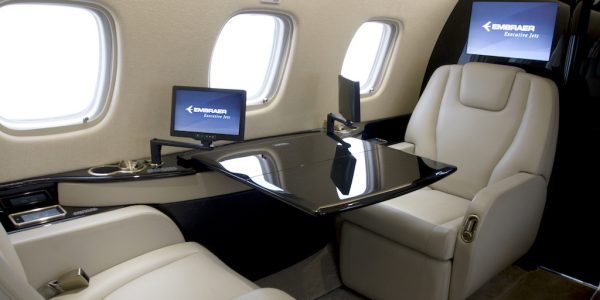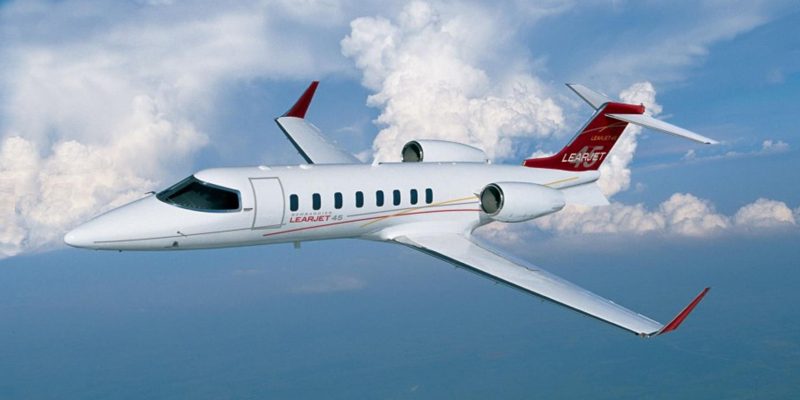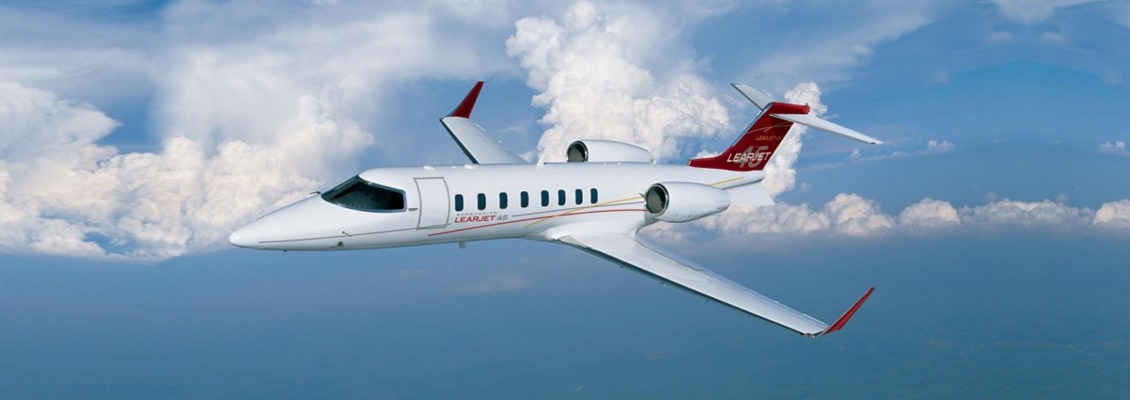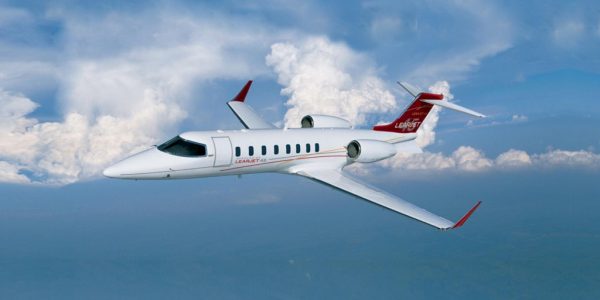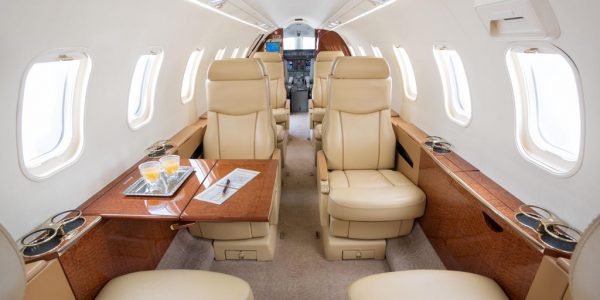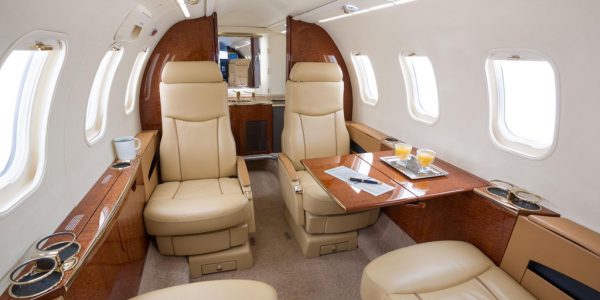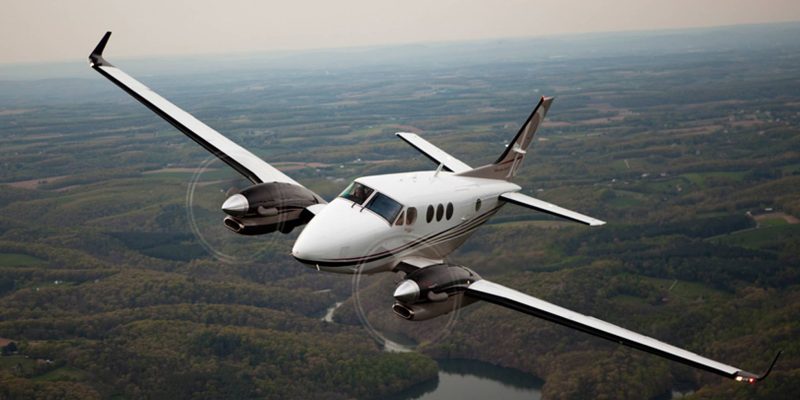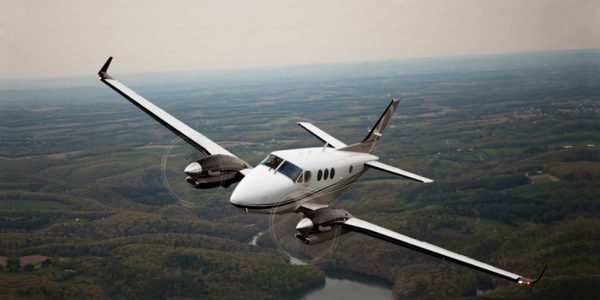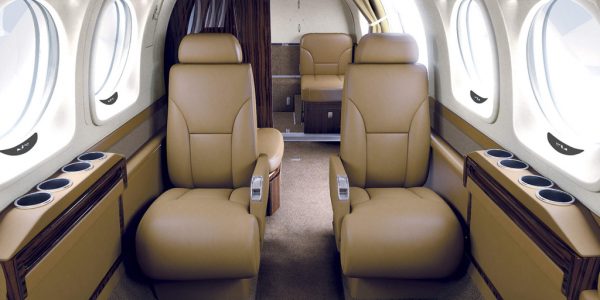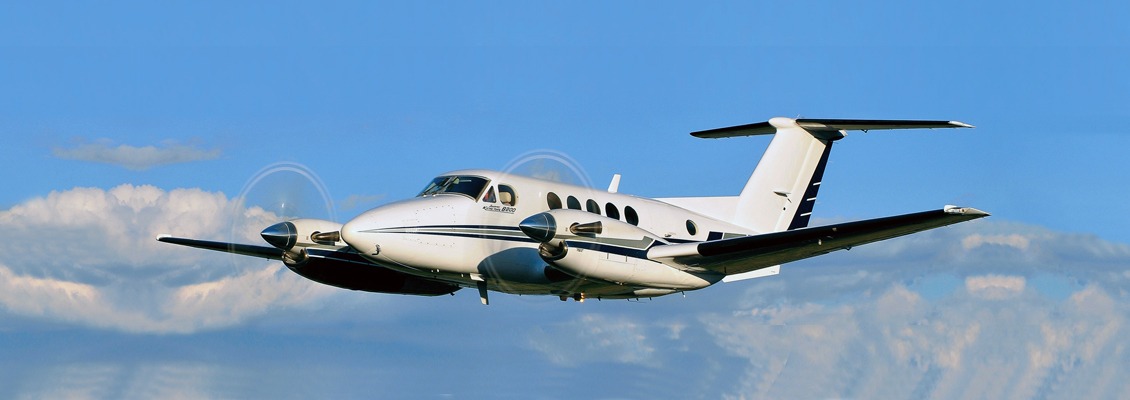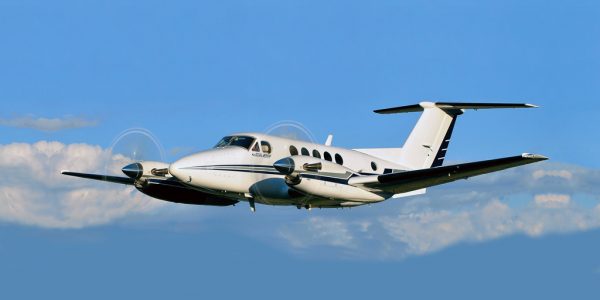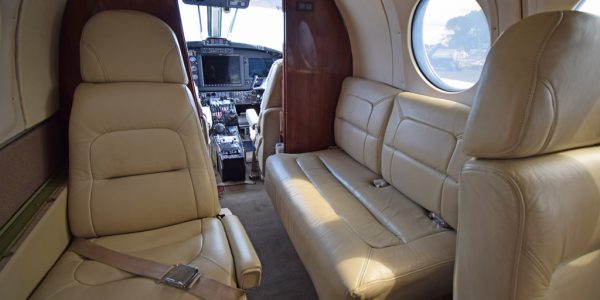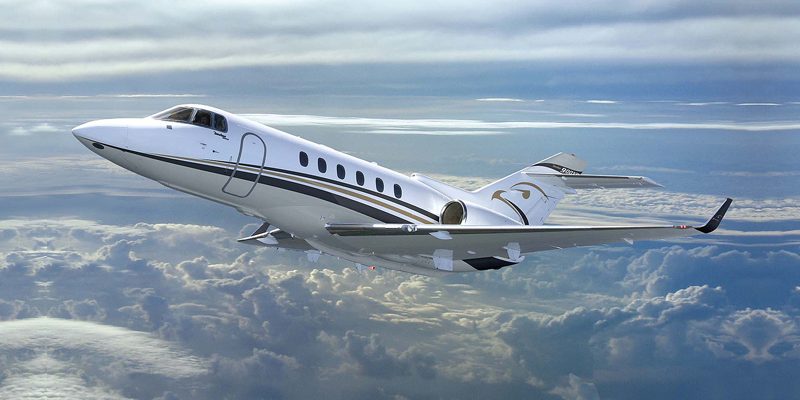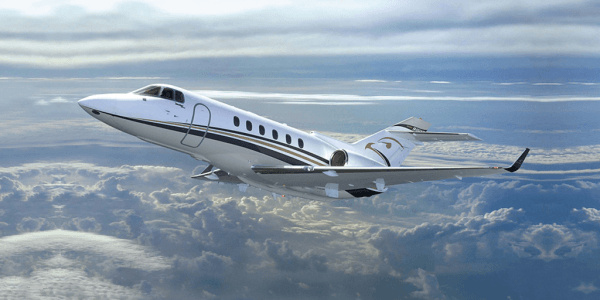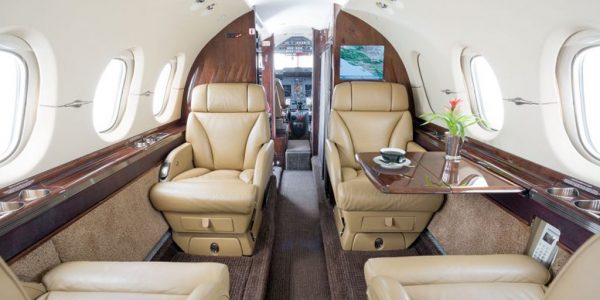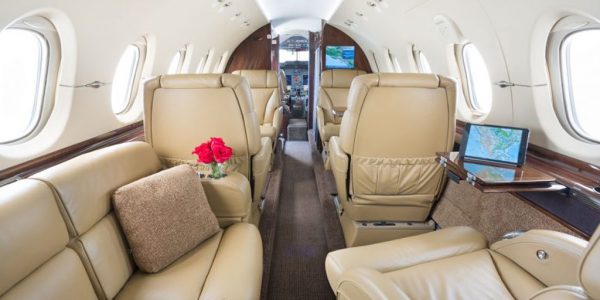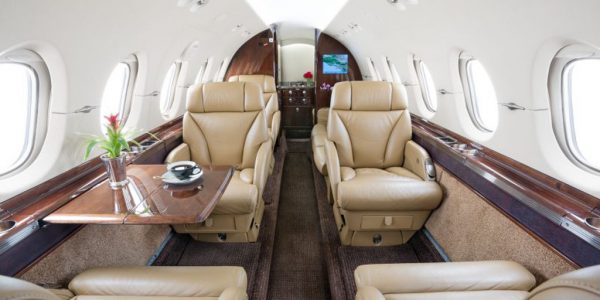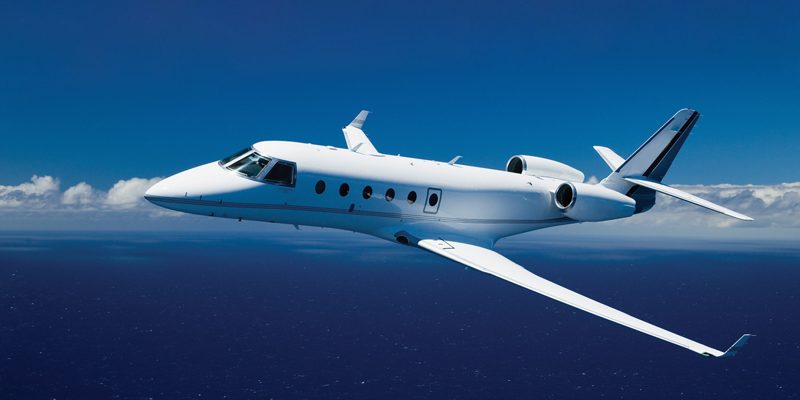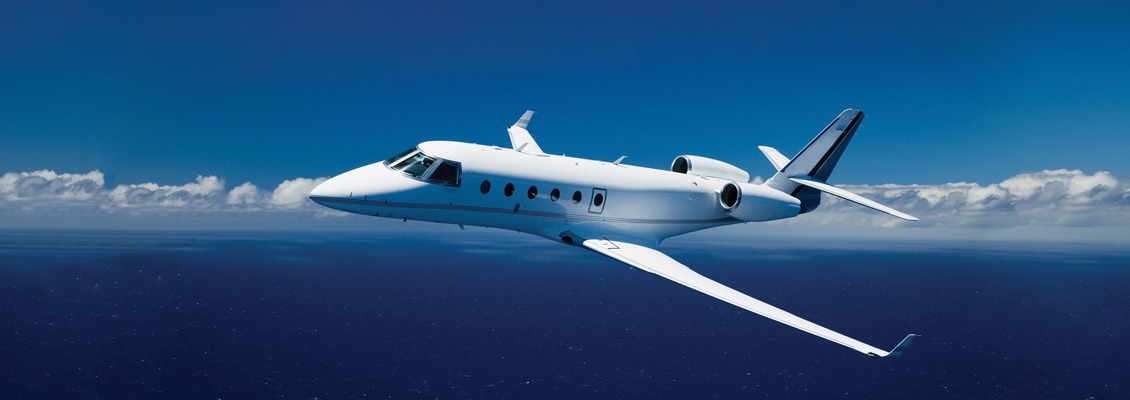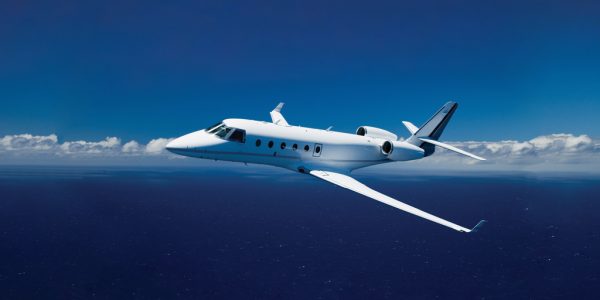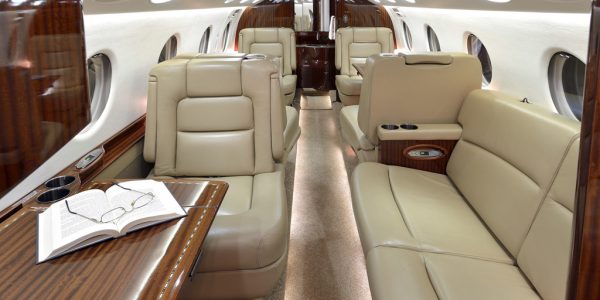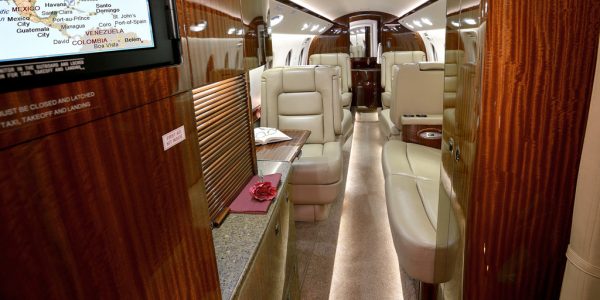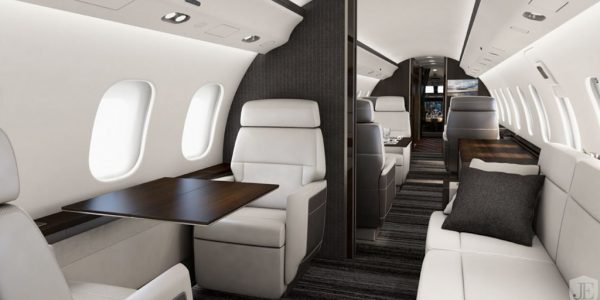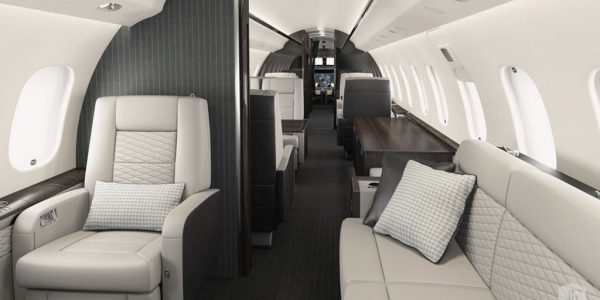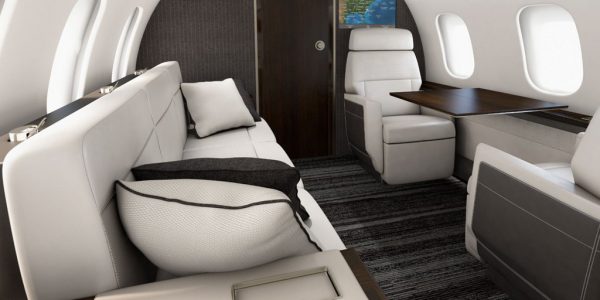
Features
Aircraft Type: Light Jet
Seat: 6 Seater
Luggage: 10 Baggage
Multi-course Meal on Board: Yes
Lavatory: Yes
Flight Attendant: Yes
Runway Requirement: 5,000 Feet
Range: 1,360 NM
Cabin Height: 5.3 Feet
Description
The Premier 1A’s cabin is one of the biggest for a private jet of its size, seating six or seven passengers in a 315 cubic-foot cabin. Measurements are 13.5 feet long, 5.4 feet tall and 5.5 feet wide. The cabin is designed with contoured headroom for maximum passenger comfort. Fold-out tables on both sides of the aircraft, LED lighting and fully reclineable, extra-wide, contoured seats further prove the aircraft’s comfortability. Also available are an array of cabin entertainment systems and interior trim/finish upgrades. There is 77 cubic feet of baggage space available in internal and external baggage compartments.The Premier 1A can take off in 3,792 feet and climb to 37,000 feet in seventeen minutes when loaded to its maximum takeoff capacity of 12,500 pounds. Its cruise speeds can reach 451 ktas (.80 Mach) and it can fly 1,380 nautical miles. It has a certified ceiling of 41,000 feet.


